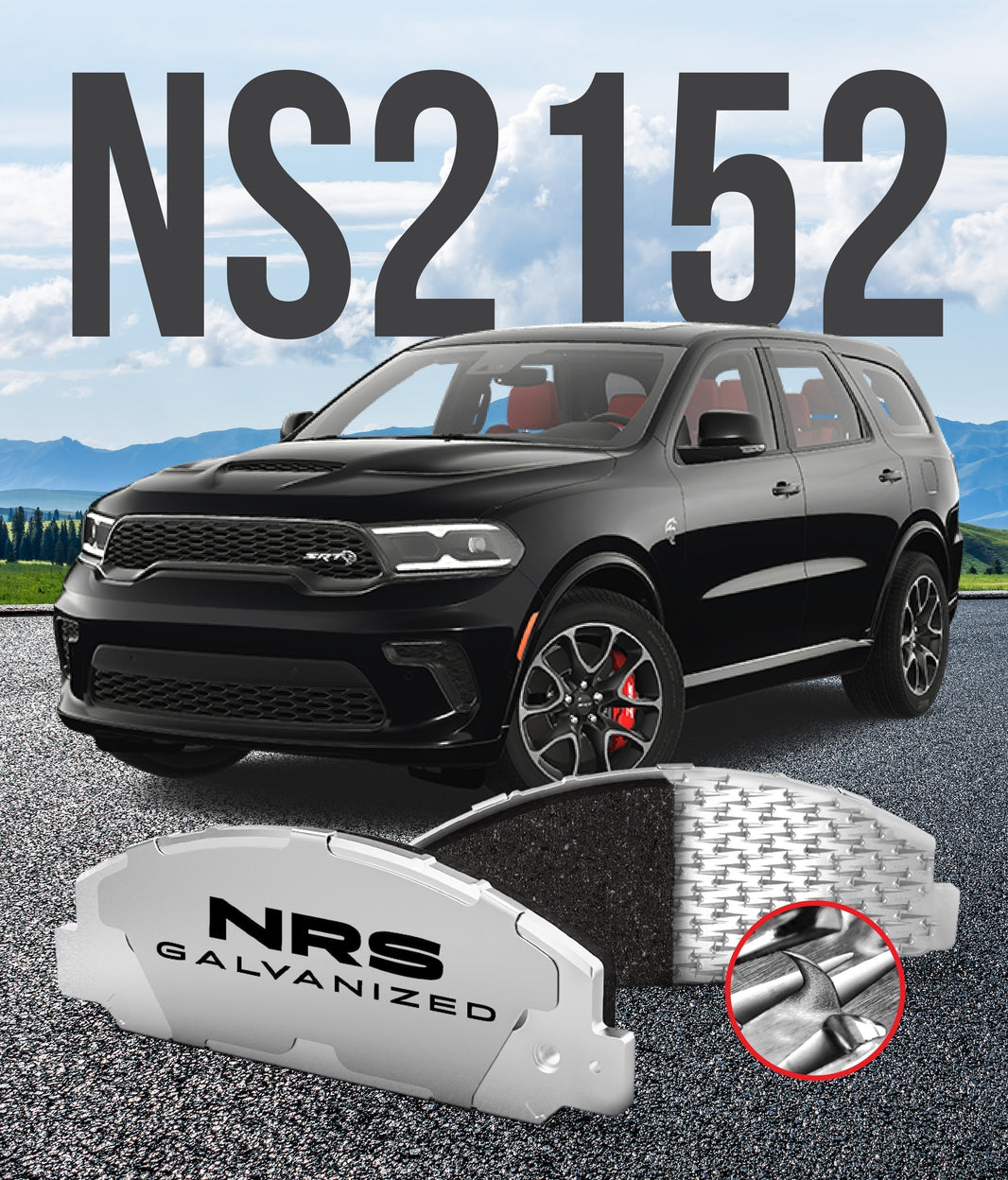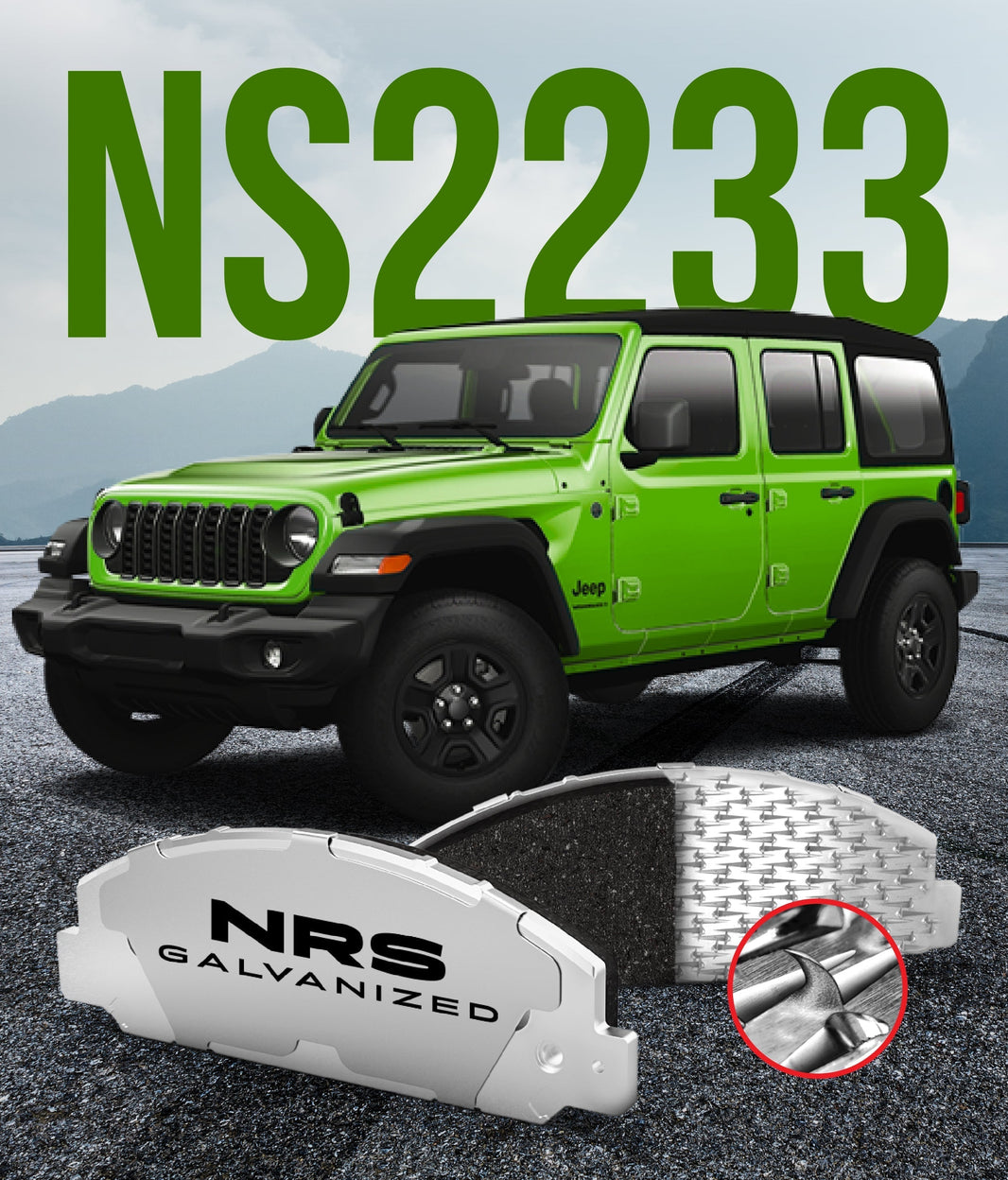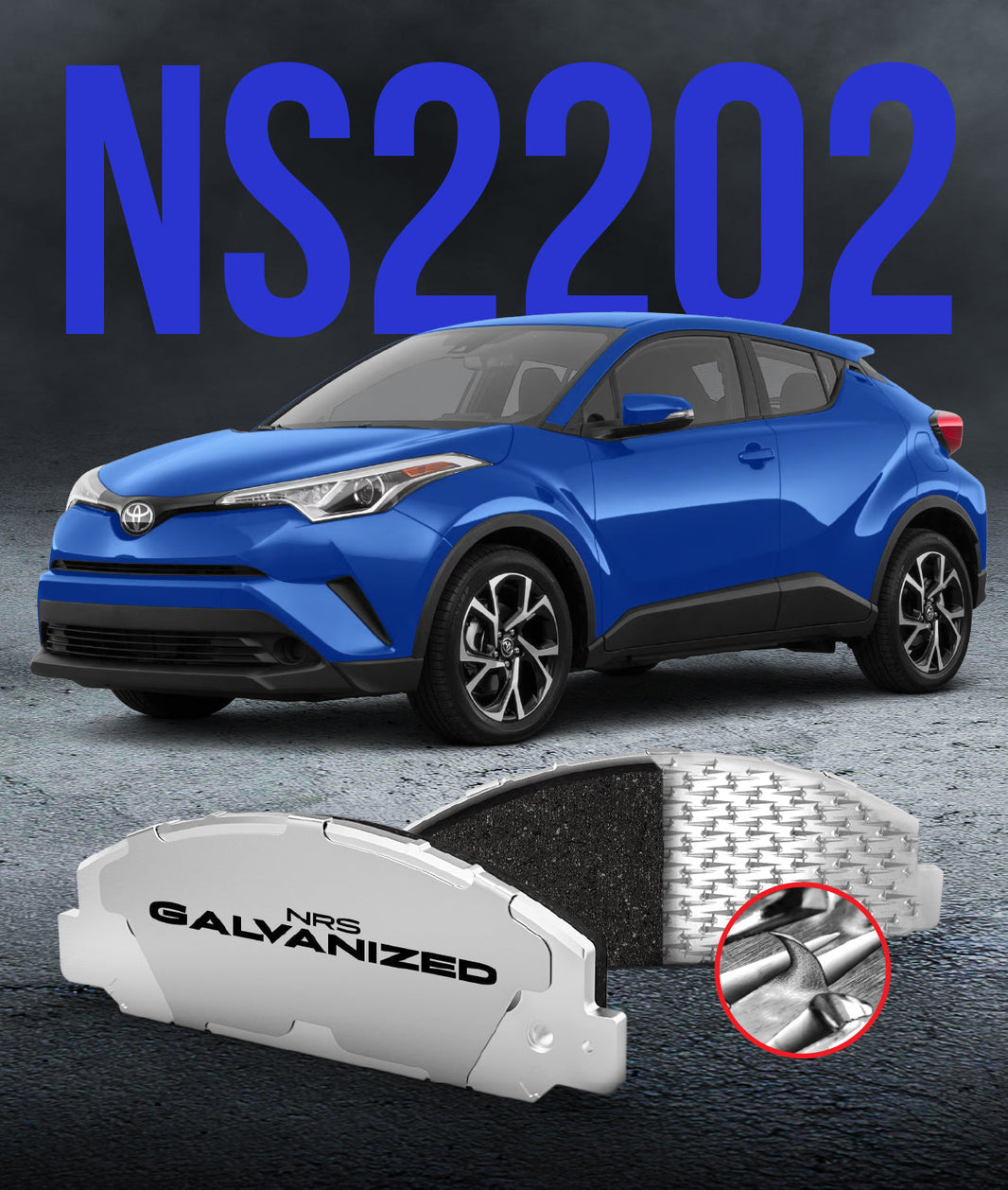
You walk out to your car and see it: a fresh, small puddle on your clean driveway. Any fluid leaking from a vehicle is a cause for concern, but not all leaks are created equal. While an oil or coolant leak is serious, a brake fluid leak is a genuine emergency that compromises your car's most important safety system.
That small puddle means the sealed, hydraulic system that stops your car has been breached. This can lead to a soft pedal, reduced stopping power, or even complete brake failure. Understanding how to identify this fluid is the first step to a safe repair.
Is That Puddle Really Brake Fluid?
Your car contains several fluids, and identifying them is key to a proper diagnosis. Brake fluid has a few distinct characteristics that set it apart from engine oil or transmission fluid.
Knowing what you are looking for can help you confirm the problem. A simple test can give you the answer you need before you make a call for service.
What Brake Fluid Looks and Feels Like
New brake fluid is typically clear with a slight yellow or amber tint. As it ages, it absorbs moisture and dirt, turning dark brown or even black. It has a unique, slightly pungent chemical smell, very different from the petroleum smell of motor oil.
The most telling sign is its consistency. Brake fluid is very slippery and has a consistency similar to vegetable oil, but it is not greasy like oil. A key property is that it is a powerful paint stripper, so be very careful not to get it on your car's paint.
Where You Will Find the Leak
The location of the puddle provides a major clue. A leak from a wheel component will leave a puddle on the inside of your tire or directly under the wheel assembly. This points to a failed caliper, wheel cylinder, or the flexible rubber hose connected to it.
If the puddle is more central, roughly under the driver's feet, it could be a rusted metal brake line that runs the length of the car. A leak directly under the engine bay, on the driver's side firewall, often indicates a failing master cylinder.
How to Be Sure
The best way to confirm a leak is to perform a simple test. Place a large, clean piece of white cardboard under your car in the evening. In the morning, you will be able to clearly see the location and color of any drips.
This test removes any guesswork from old stains on your garage floor. It gives you a fresh, clear sample of what is leaking and from where. This information is extremely valuable when you call a mechanic.
Why a Brake Fluid Leak is a Critical Emergency
To understand the danger, you must first understand how your brakes work. Your brake system is a sealed hydraulic circuit, much like a network of sealed tubes filled with fluid. When you press the pedal, you create pressure that is transferred instantly and equally to all four wheels, squeezing the pads and stopping the car.
This system relies entirely on two facts: the fluid is incompressible, and the system is sealed. A leak destroys both of these principles. It is a problem that must be addressed before the vehicle is driven even one more time.
The Problem with Air
When fluid leaks out, something must come in to replace it: air. Air is the number one enemy of a hydraulic system. Unlike brake fluid, air is highly compressible.
This means that when you press the brake pedal, all your foot's force is wasted compressing the air bubbles. That force never reaches the brake calipers. This is what causes a brake pedal to feel spongy or soft.
The Result: A Spongy Pedal
The first symptom of a leak is almost always a change in brake pedal feel. A small leak will introduce a few air bubbles, making the pedal feel "mushy." You will have to press the pedal further down to get the car to stop.
If the leak is large, it can lead to a catastrophic failure. You might press the pedal only to have it sink directly to the floor with no resistance. This is a terrifying situation that results in a complete loss of stopping power.
The Most Common Sources of Brake Fluid Leaks
Brake fluid can leak from several points in the system. The most common failures are almost always related to corrosion and the age of flexible components. Your mechanic will perform a thorough brake inspection to find the source.
Knowing where these leaks are likely to occur can help you understand the repair process. The fix is never to simply add more fluid. The failed component must be replaced.
Rusted or Corroded Brake Lines
This is an especially common failure in areas that use road salt in the winter. The long metal lines that run along your car's undercarriage are exposed to all the elements. Over many years, this can cause the lines to rust through and develop small pinhole leaks.
These leaks are often hidden by dirt and grime, making them hard to spot. A rusted line can rupture under the high pressure of a panic stop. This is why it is so important to keep winter from corroding your brake pads and lines.
Failed Rubber Brake Hoses
At each wheel, a flexible rubber hose connects the solid metal line to the brake caliper. This hose allows the wheel to turn and the suspension to move. These rubber components are durable, but they do not last forever.
With age, they can crack, split, or become brittle. They can also fail internally, creating a bulge or a small tear that allows fluid to seep out. This is a very common leak point on older vehicles.
Leaking Caliper Seals or Wheel Cylinders
The brake caliper (on disc brakes) or wheel cylinder (on older drum brakes) is the component that does the actual squeezing. These parts use pistons that slide in and out, and they are protected by rubber seals. If these seals wear out or tear, brake fluid can leak past them.
You will almost always find this type of leak on the inside of the wheel. It often coats the brake pads and rotor in fluid. This is a double failure, as the leak not only reduces hydraulic pressure but also contaminates the friction surfaces.
A Failing Master Cylinder
The master cylinder is the heart of the hydraulic system, located in the engine bay on the firewall. It can leak in two places. An external leak will cause fluid to run down the firewall, often dripping onto the floor under the driver's feet.
An internal leak is more deceptive, as the fluid leaks backward into the power brake booster. You will not see a puddle on the ground, but your fluid level will drop, and your pedal will feel spongy. Both are serious failures that require immediate replacement of the cylinder.
Your Immediate Action Plan
If you have confirmed you have a brake fluid leak, the situation is not negotiable. Your vehicle is unsafe to drive, period. You must take the following steps to ensure your safety and the safety of others on the road.
Here is your non-negotiable checklist:
-
Do Not Drive the Car: Do not even start it. The risk of the brakes failing as you back out of your driveway is too high.
-
Check the Reservoir: Confirm your suspicion by checking the fluid level in the master cylinder. If it is low, you have your answer.
-
Call for a Tow: This is not a DIY repair for most people, and it is not a "top-off" situation. The car must be towed to a qualified mechanic to have the failed component replaced.
-
Clean the Spill: Brake fluid is toxic to animals and bad for the environment. Clean up the puddle with cat litter or another absorbent material.
Conclusion
A puddle under your car is always a bad sign, but a brake fluid puddle is a critical one. It is a direct signal that your car's hydraulic system is compromised and unsafe. Recognizing the unique look and feel of brake fluid and knowing where to look for leaks can help you make a fast, safe decision.
Never gamble with your brakes; a leak will not fix itself, and it will only get worse. The importance of regular car brake inspections cannot be overstated, as a mechanic can often spot a rusting line or a cracked hose long before it starts to leak. When was the last time you checked your brake fluid level?




